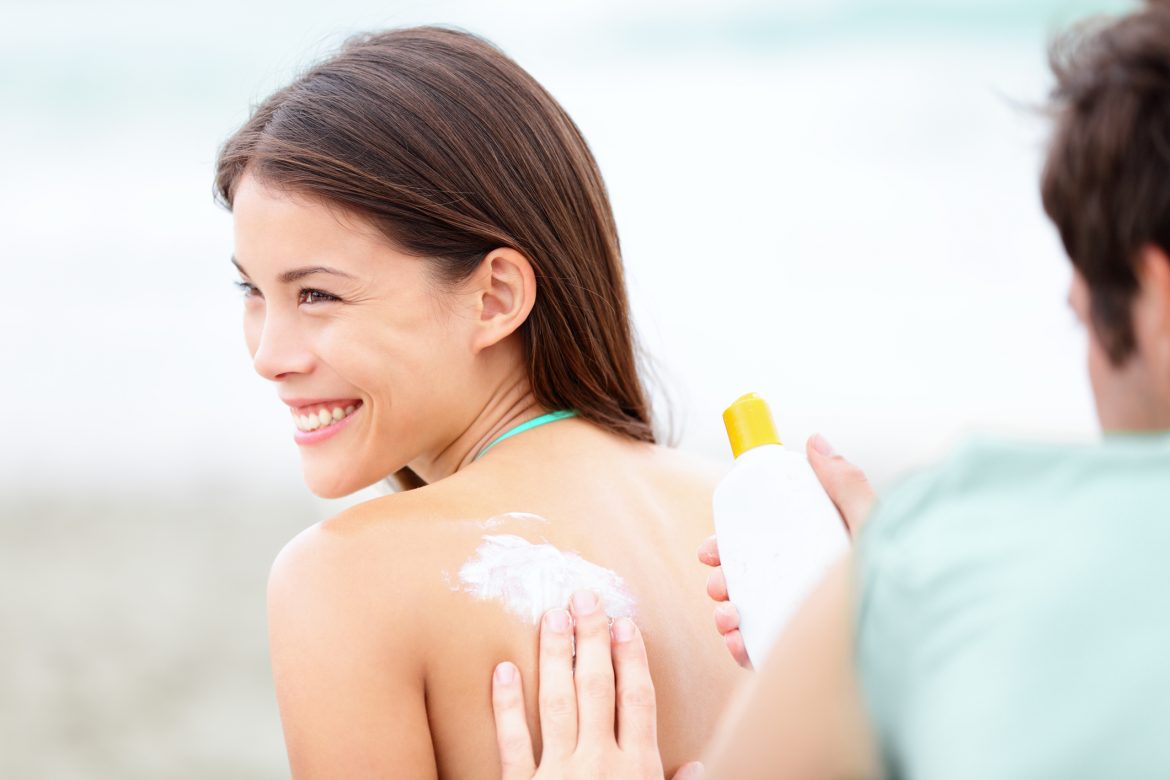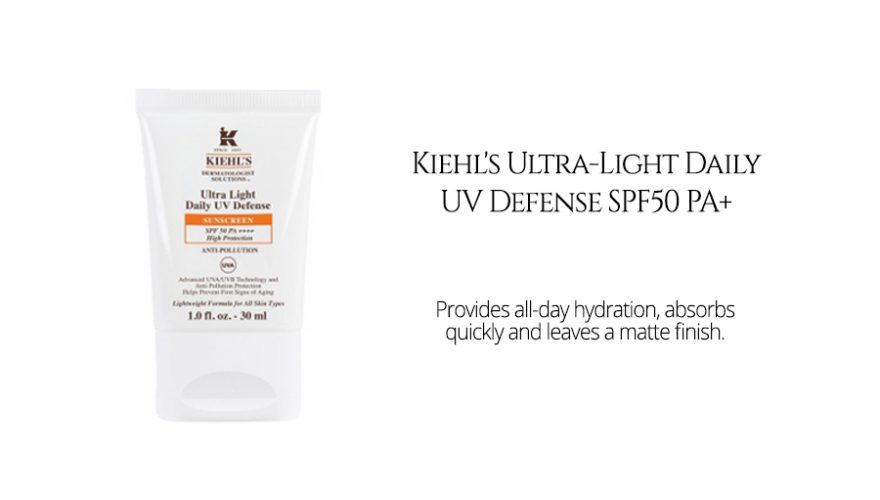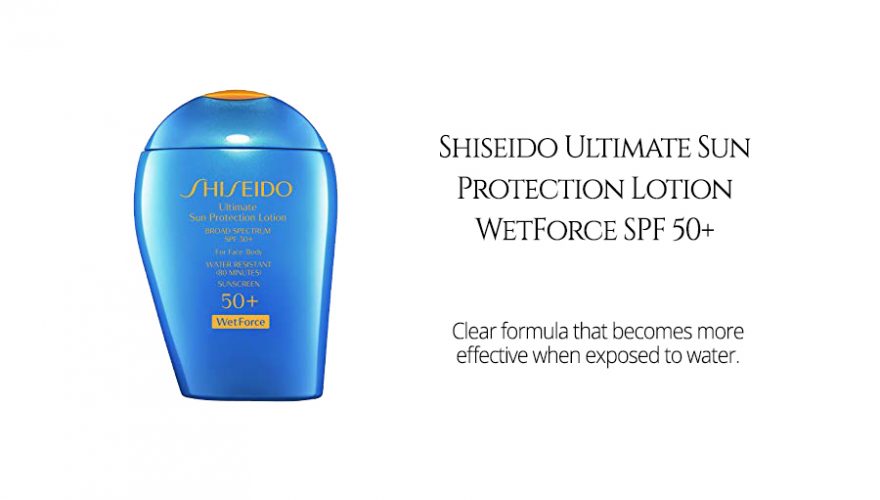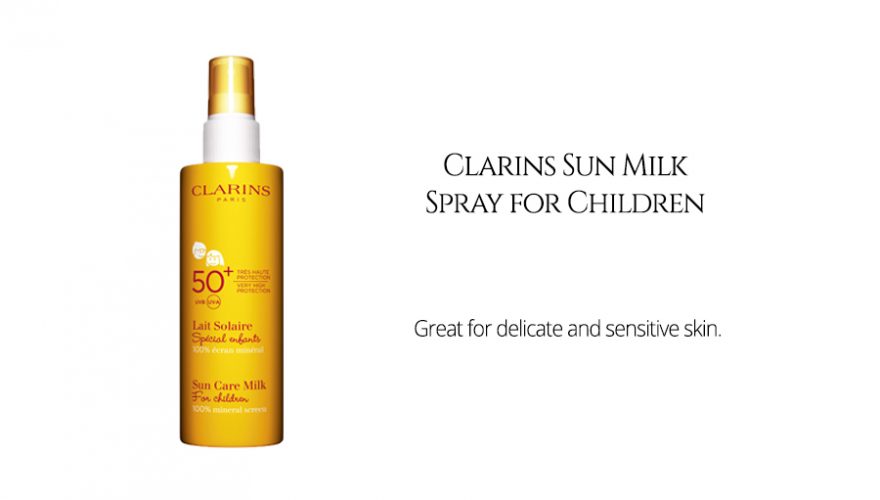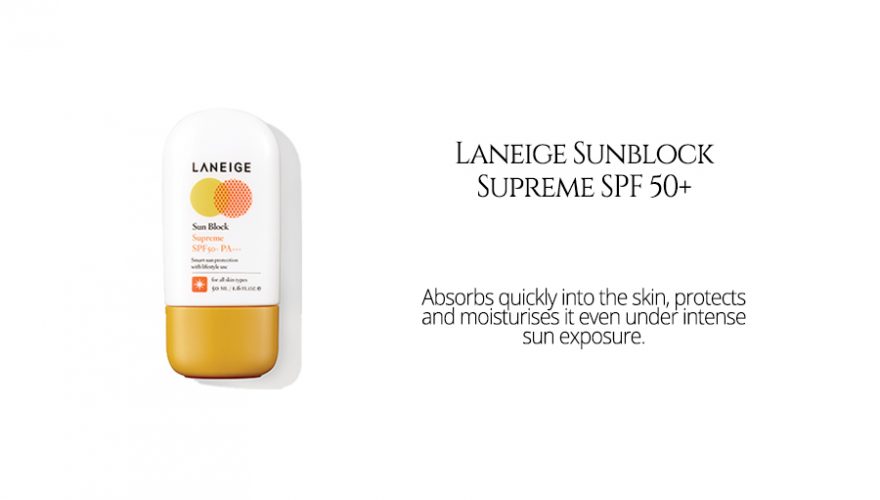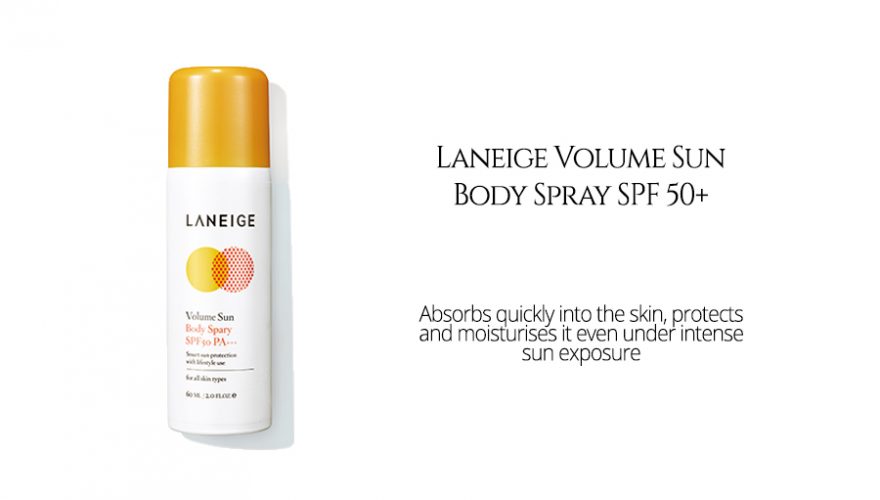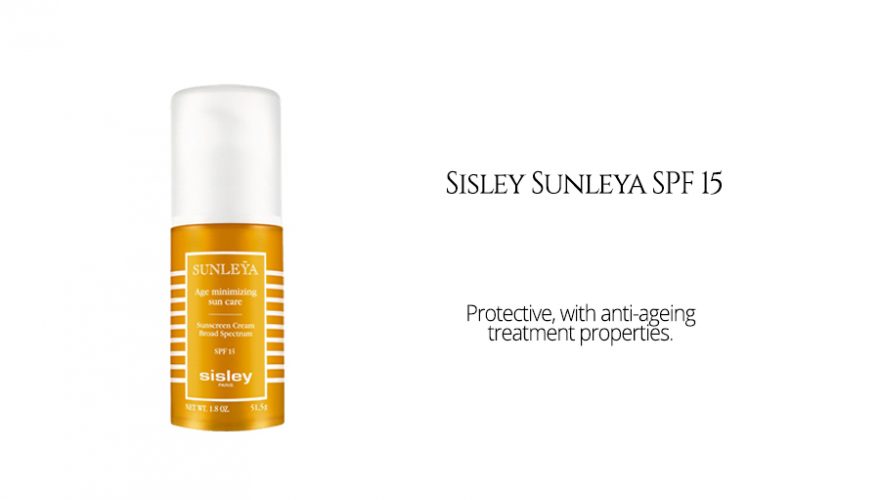The sun may be life-giving, but too much of a good thing can be bad. Here’s why sun protection should be a first priority in daily skincare.
If you’ve been bitten by the Summer bug and are thinking of catching some rays on an island getaway, read on.
I’ve been there and done that. Basking and baking in it, and soaking it all up. The sun’s rays that is, and pro-actively at that, not just incidentally, but for hours on end, every day, for the duration of my most recent island vacation.
The resort vacation is always an excuse to transgress against the skin. It’s the perfect reason to indulge in a little (or a lot of) sun. And so that was mine. What’s an island getaway to the Maldives if you don’t at least go home with an enviably wicked tan?
As the song Bad Things by Meiko goes, “Good girls do bad things sometimes, but we get by with it”.
For a beauty conscious person, I sure did let myself go that time. But I tried to be as sun smart as I could and protected myself with an arsenal of sun care products that filled up a small beach bag that I would lug with me to my assigned deck chair every morning, and re-apply rather conscientiously. I also limited tanning to about two hours a day, and avoided the early afternoon sun on most days, except to take a short dip in the sea.
My strategy paid off. I did return with a glowing tan just shy of lightly baked toast, but I suffered no sun burn, no peeling, no horrible itchy, blistery skin that’s often the result of too much sun and not enough protection. I was fairly unscathed. I say fairly only because even more damaging and insidious are UV-A rays that don’t cause a sun burn (these are caused by UV-B rays), but can damage the skin on a deeper level, the sort of damage that manifests in premature skin ageing and skin cancer.
I may have been unscathed in the short-term, but the fun I had could come at a price several years down the road.
The Good
The right amount of sun exposure is necessary and good for the skin, and for one’s health and wellbeing.
Sunlight enables the body to manufacture vitamin D. This happens simply when UV-B rays hit the skin. Vitamin D is essential to help our bodies absorb calcium and promote bone growth. Vitamin D is also fundamental for muscle functions and keeping one’s immune system healthy.
You can certainly obtain your daily dose of Vitamin D through food sources like fatty fish, dairy products and eggs, or pop Vitamin D supplements, but what fun is that compared to warming your shoulders in the sun and letting its comforting heat caress your face?
Being in the sun makes me happy and it’s not psychological. John Denver sang about it too: “Sunshine on my shoulders, makes me happy…” Undeniably, the sun has mood-lifting effects because exposure to the sun increases the brain’s release of the happy hormone serotonin, the same hormone that’s released when one exercises, or experiences an orgasm.
When skin is exposed to the right amount of sun exposure, it releases a compound called nitric oxide, which lowers blood pressure, and that also means your body is releasing itself from tension, pressure and stress.
We in SG are a lucky bunch who will never suffer from Seasonal Affective Disorder, or SAD, a type of mood disorder in which people who have normal mental health throughout most of the year exhibit depressive symptoms in the winter, when the days are short and sunless.
But the good news for folks living in long winter season countries is that exposure to the sun in the summer can help the body to store up vitamin D to last throughout the long winter months. Serotonin can also be shored up to prevent bouts of seasonal affective disorder.
The recommended daily exposure for most people, from fair to dark, is about 10 to 20 minutes in the noon-day sun, without sunscreen, in shorts and a sleeveless top. But since most of us don’t have the time to get our daily dose of the sun in such a concerted manner, incidental sunlight exposure throughout the day will have to do.
The Bad
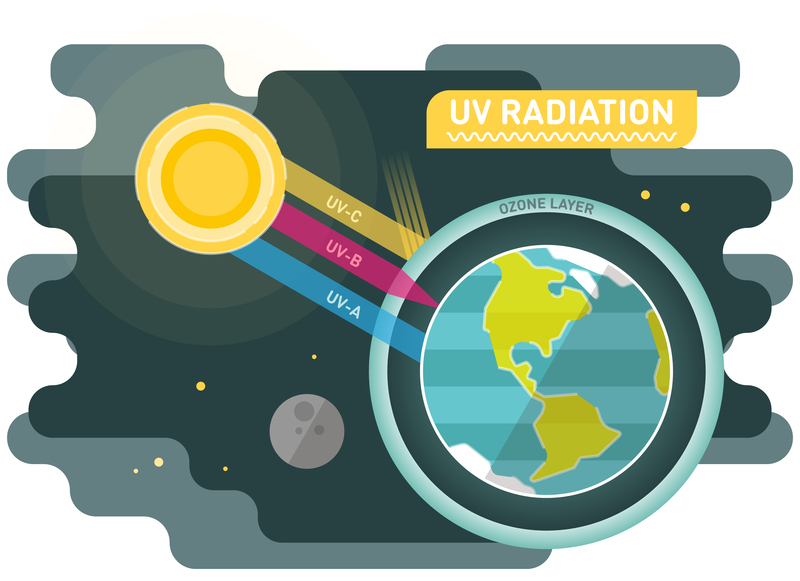
Any level of sun exposure beyond the recommended, safe, and necessary puts us at risk of short-term effects such as sunburn, pigmentation, sun poisoning, as well as long-term effects such as premature ageing and a list of skin cancers, among which melanoma is the most dangerous. In fact, more than 90 per cent of skin cancers are caused by sun exposure.
Ultra-Violet Rays
The sun’s rays are made up of UV-A, UV-B and UV-C rays. UV-C rays are the shortest among the three; they are absorbed by the ozone layer and don’t reach the earth. UV-A and UV-B rays however, are longer waves that reach the earth.
UV-A is the longest of the sun’s ultra-violet rays. It is able to penetrate not just the ozone layer to reach Earth, but further down to deep sea depths (which means waterproof broad-spectrum sunscreen is required protection when you dive), through clothing and glass.
UV-A rays give you a tan. UV-A is the dominant tanning ray that is a catalyst in making the skin manufacture melanin. A tan is our skin’s defensive reaction to the harmful effects of UV-A rays. A tan, in other words, is the skin’s cry for help to get out of the sun.
UV-A rays are responsible for deep skin damage and skin ageing, as it penetrates deep into the skin, damaging collagen and skin cells beneath, causing them to die, therefore accelerating skin ageing and increasing the risk of skin developing cancer.
Radiation from UV-A rays also affects the body’s immune system and acts as an immunosuppressant agent, decreasing immune cells. This in turn increases the risk of cell malignancy.
In tanning salons, only UV-A rays are used. In the tanning bed, your skin tans but doesn’t burn, which gives you no warning that you have gone over-board. Little wonder that the use of tanning beds and tanning lamps also increases the risk of skin damage and skin cancer.
Shorter than UV-A rays, UV-B rays don’t penetrate deep-sea levels, but they reflect off water and snow, so depending on where you are being exposed, you could be getting double the dose of UV-B rays exposure.
UV-B rays are also longer or shorter at different times of the year, depending on the position of the sun. It is most dangerous when it is longest.
UV-B rays are responsible for sunburn, skin reddening, and that painful tan. The sunburn you get from UV-B rays exposure could well save your life though, since pain is one of the body’s defense mechanisms, and a sure sign to stop the sun abuse. UV-B rays affect the skin’s epidermal layers superficially, but it can also cause skin cancer and premature ageing.
Demystifying Sunscreens & SPF
Besides avoiding the sun between 10am and 4pm (when it is most intense), your best bets at self-preservation are to wear broad spectrum sun protection (sunscreen/sunblock), thick and opaque clothing, sunglasses and a hat.
Fairly unlikely if you’re on holiday and absorbed in a Phillip Roth novel on the deck chair by the beach in nothing but your maillot or bikini.
In that case you’ll definitely want to at least top off your beach gear with a broad-brim hat, accessorise with UV-protection sunglasses, slap on sunscreen with a broad-spectrum (protects against both UV-A and UV-B rays) and adequate sun protective factor (SPF), and be prepared to re-apply it onto exposed skin for as long as you’re in the sun.
How long that should be depends on how quickly your skin starts to tan and burn without protection. If 10 minutes is all it takes for your skin to burn and tan for example, and you wear a sunscreen with an SPF of 30, it means you can be exposed to the sun for no more than 30 x 10 minutes long, before damage begins. But that’s provided you are meticulous and diligent about re-application, especially after you perspire or swim.
In the end, 300 minutes or five hours may seem a long time, but since we cannot completely protect our skin even with a sunscreen that has an SPF of 30, 50 or 100, we should really observe how the sun is affecting us when we’re out there, and listen to our bodies.
How do you pick your sunscreen’s SPF for that island vacay? These facts will help you make an informed decision: SPF 15 protects against 93 per cent of UV-B rays, while SPF 30 protects against 97 per cent of UV-B rays; SPF 50 protects against 98 per cent of UV-B rays, and SPF 100 protects against 99 per cent of UV-B rays.
There is unfortunately no measure of protection for UV-A rays. Always, however, look out for broad-spectrum protection when choosing sunscreen. Those with broad-spectrum protection claims do at least cover UV-A protection.
Stands to reason you should also wear a sunblock with at least an SPF 15 every day, if your daily routine exposes you to more than 15 to 20 minutes of incidental sunlight, and because UV-A rays can affect you even when you’re indoors, as they are able to penetrate glass windows.
Spotting Insidious Moles
If you spot an asymmetrical mole that you never had before, with an irregular border and uneven colouration, 6mm and larger, and that seems to be changing over time, get it checked out by a doctor. Other early warning signs of possible skin cancer are: a sore or lesion that doesn’t heal; the spread of pigment from the border of a mole to its surrounding area; redness and swelling beyond the border of a mole; itchiness, tenderness, swelling, pain, scaling, oozing, bleeding, and the appearance of a lump or bump, where a mole is.
Recommended Sunscreens

